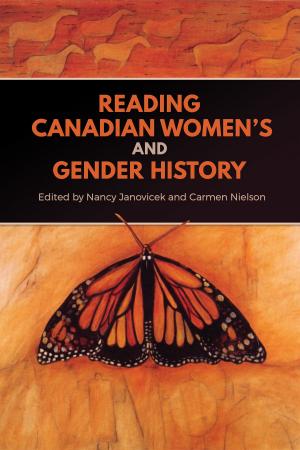Relics and Writing in Late Medieval England
Fiction & Literature, Literary Theory & Criticism, Medieval, Nonfiction, Religion & Spirituality, Christianity, Christian Literature, History| Author: | Robyn Malo | ISBN: | 9781442663268 |
| Publisher: | University of Toronto Press, Scholarly Publishing Division | Publication: | December 6, 2013 |
| Imprint: | Language: | English |
| Author: | Robyn Malo |
| ISBN: | 9781442663268 |
| Publisher: | University of Toronto Press, Scholarly Publishing Division |
| Publication: | December 6, 2013 |
| Imprint: | |
| Language: | English |
Relics and Writing in Late Medieval England uncovers a wide-ranging medieval discourse that had an expansive influence on English literary traditions. Drawing from Latin and vernacular hagiography, miracle stories, relic lists, and architectural history, this study demonstrates that, as the shrines of England’s major saints underwent dramatic changes from c. 1100 to c. 1538, relic discourse became important not only in constructing the meaning of objects that were often hidden, but also for canonical authors like Chaucer and Malory in exploring the function of metaphor and of dissembling language.
Robyn Malo argues that relic discourse was employed in order to critique mainstream religious practice, explore the consequences of rhetorical dissimulation, and consider the effect on the socially disadvantaged of lavish expenditure on shrines. The work thus uses the literary study of relics to address issues of clerical and lay cultures, orthodoxy and heterodoxy, and writing and reform.
Relics and Writing in Late Medieval England uncovers a wide-ranging medieval discourse that had an expansive influence on English literary traditions. Drawing from Latin and vernacular hagiography, miracle stories, relic lists, and architectural history, this study demonstrates that, as the shrines of England’s major saints underwent dramatic changes from c. 1100 to c. 1538, relic discourse became important not only in constructing the meaning of objects that were often hidden, but also for canonical authors like Chaucer and Malory in exploring the function of metaphor and of dissembling language.
Robyn Malo argues that relic discourse was employed in order to critique mainstream religious practice, explore the consequences of rhetorical dissimulation, and consider the effect on the socially disadvantaged of lavish expenditure on shrines. The work thus uses the literary study of relics to address issues of clerical and lay cultures, orthodoxy and heterodoxy, and writing and reform.















